i have data like in
DT <- data.frame(id=rep("A",times=10),B=1:10, C=c(NA,2:5,NA,NA,NA,NA,NA))
CT <- DT[,c(2,3)]*3
CT$id <- rep("B",times=10)
DT <- rbind(DT,CT)
I would like to fill in NAs in column C with its previous value plus function of value of other column, column B (ignoring the first NA in col C), for example:
DT$C[6] =DT$C[5]+DT$B[6]*0.3
DT$C[7] =DT$C[6]+DT$B[7]*0.3
DT$C[8] =DT$C[7]+DT$B[8]*0.3
etc.
Also, i need to replicate it by the id value (column id in the table). Example pic with three manually computed values is below. Thanks for suggestions!
